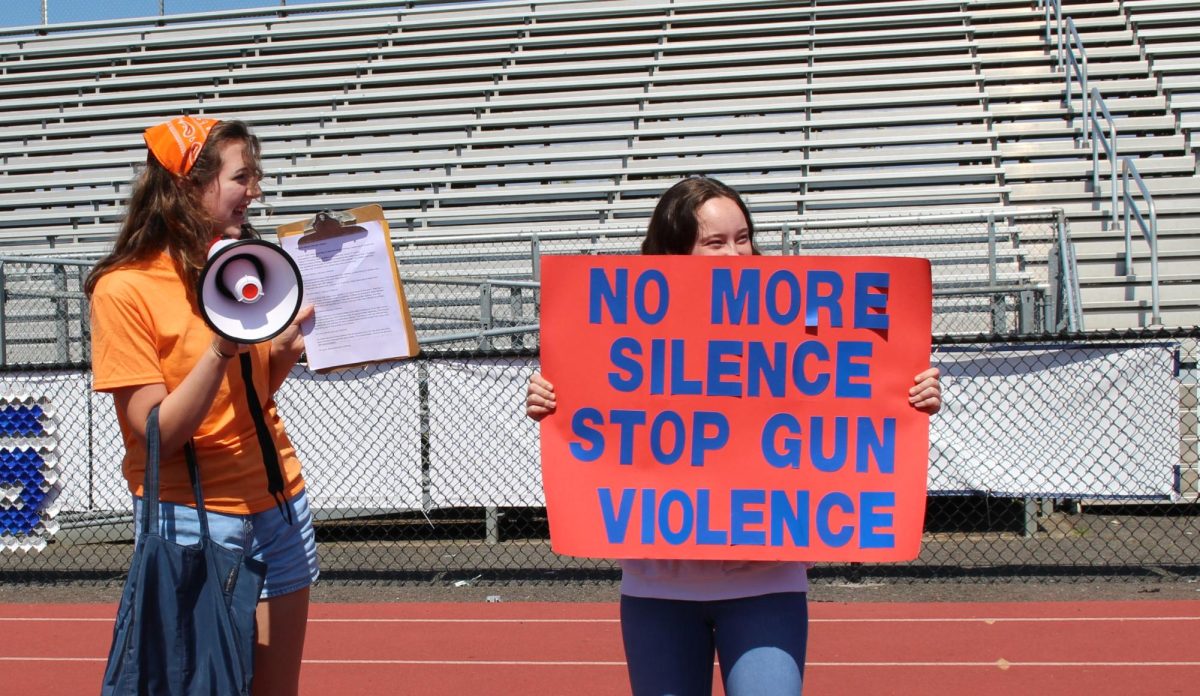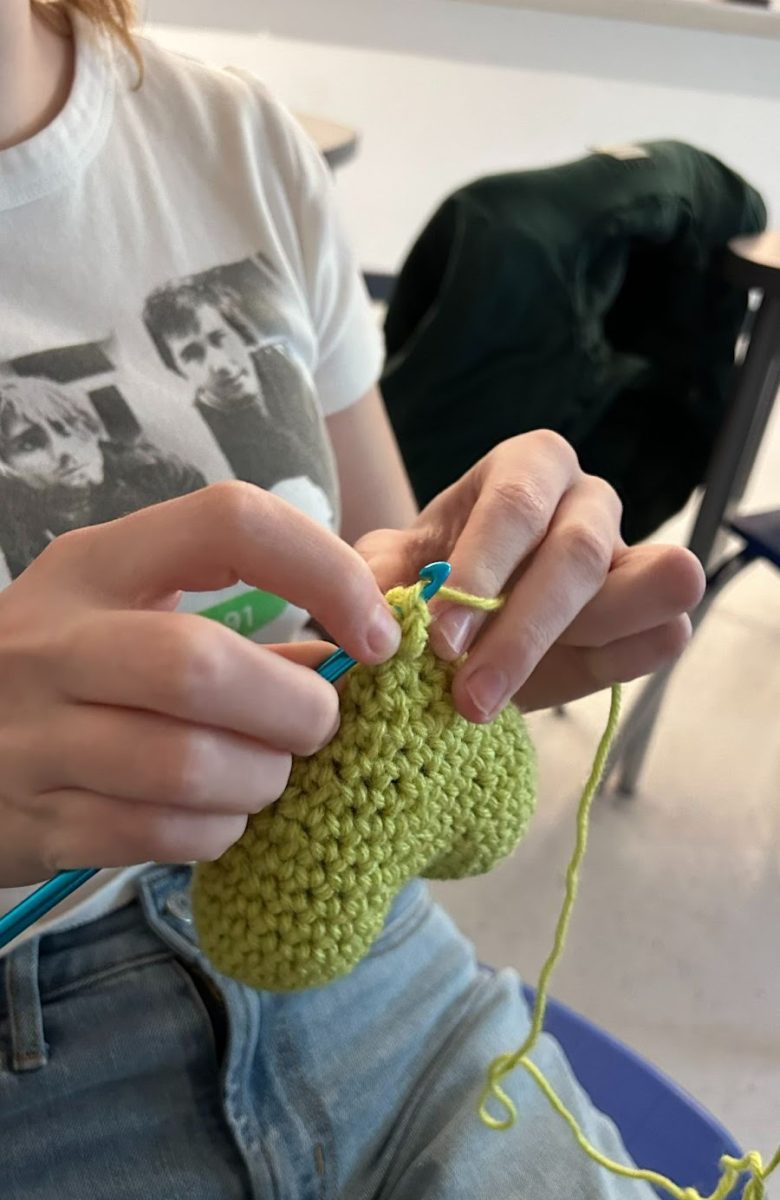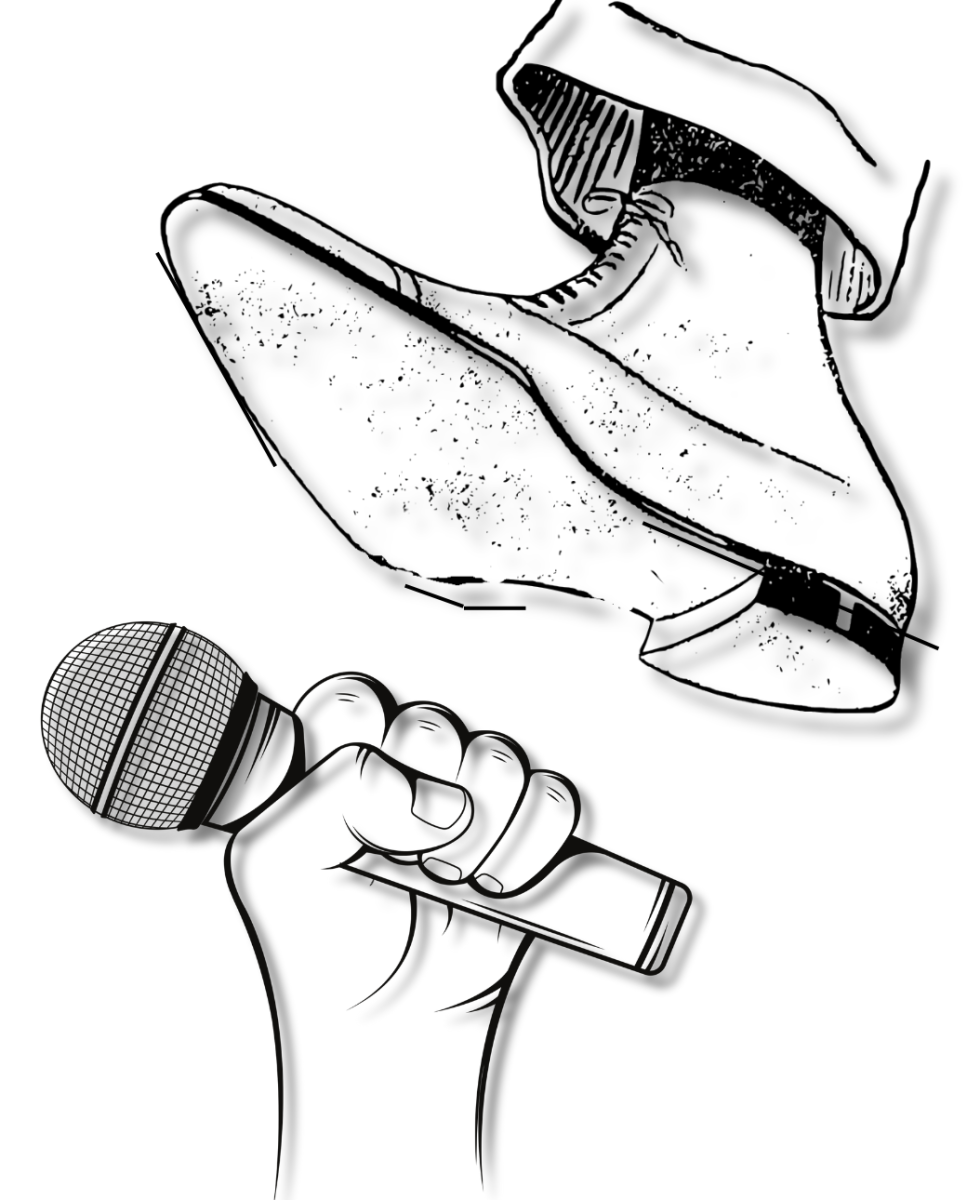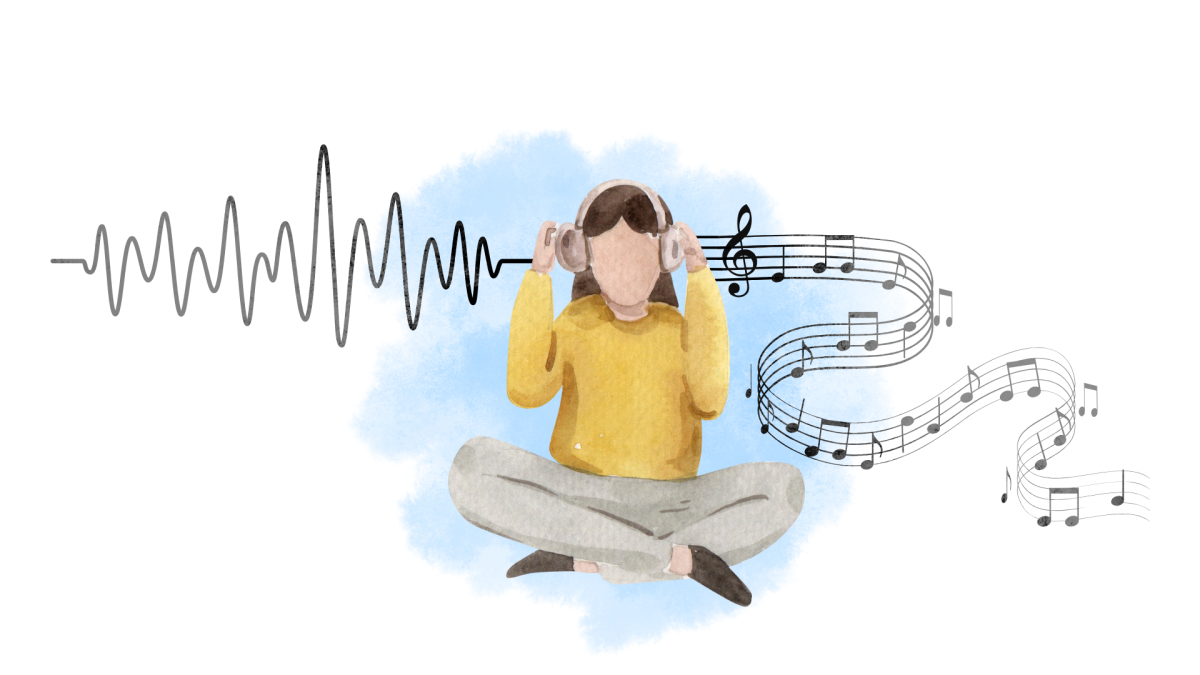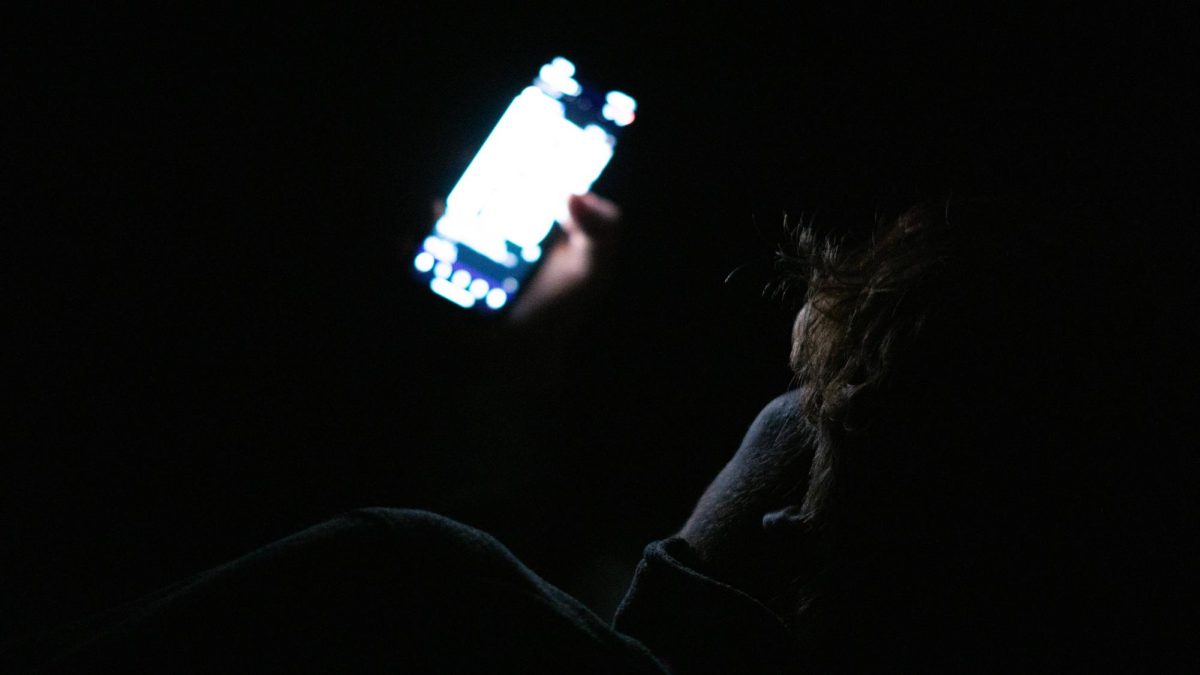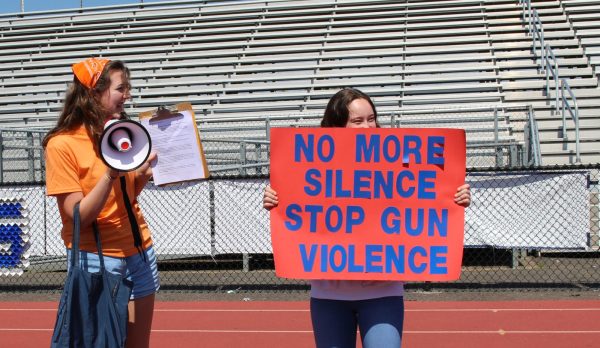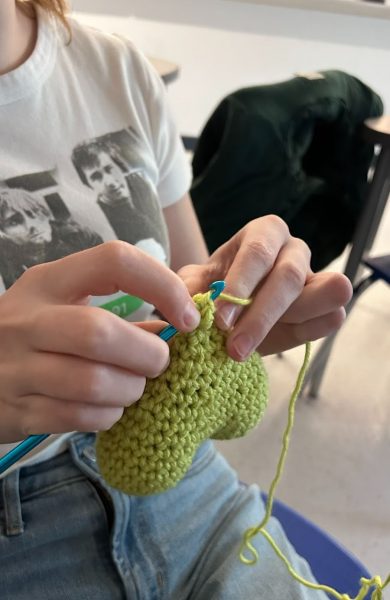How Seasonal Affective Disorder Impacts Students
There are many things that come with the changing of seasons: different foods, clothes, holidays…and new mental health challenges.
Seasonal Affective Disorder, or SAD, is a mood disorder caused by the changing of seasons. While some forms of it happen in the spring/summer seasons, the majority of cases occur as the temperature drops, often peaking in late fall or early winter.
While feeling down because of the cold is normal, SAD should not be written off as being in a sad mood. SAD can cause social isolation, anxiety, and even suicidal thoughts.
According to Cleveland Clinic, other symptoms of SAD include:
- Sadness, feeling depressed most of the day, almost every day.
- Carbohydrate cravings and weight gain.
- Extreme fatigue and lack of energy.
- Feelings of hopelessness or worthlessness.
- Trouble concentrating.
- Feeling irritated or agitated.
- Limbs (arms and legs) that feel heavy.
- Loss of interest in usually pleasurable activities, including withdrawing from social activities.
- Sleeping problems (usually oversleeping).
“The American Academy of Family Physicians reports that 4 to 6 percent of people in the United States suffer from winter-onset SAD,” Newport Academy said. “Because SAD usually starts in young adulthood, teenagers and adolescents are at risk.”
Lack of energy seems to be one of the most common symptoms. “When it’s colder, my energy levels tend to be all over the place,” Janelle Kwatia, freshman, said. “Sometimes I’m really tired and sometimes I have a lot of energy…It’s weird.” Many other students also report having unusual energy levels, along with oversleeping.
Some may face more serious symptoms, however. “I oversleep in the winter,” Alex Millimet, freshman, says. “I also notice that my depression gets worse.”
While these new symptoms may feel overwhelming, there are many treatments for SAD. These can include talk therapy, spending more time outdoors, and light therapy, where you sit in front of a special type of lamp to mimic exposure to sunlight.
One of the most important things, according to MayoClinic, is to not, “brush off that yearly feeling as simply a case of the ‘winter blues’ or a seasonal funk that you have to tough out on your own. Take steps to keep your mood and motivation steady throughout the year.”
Gracie Bobotek, a freshman, loves crocheting while watching television, walking with her dogs, Dexter and Ziggy, and learning about botany. She hates beeping...





